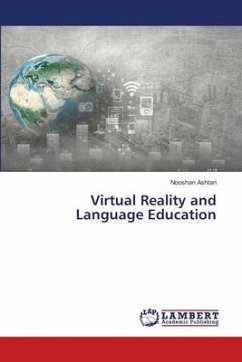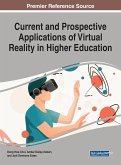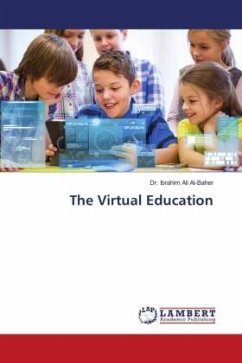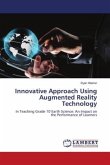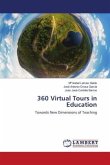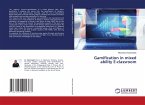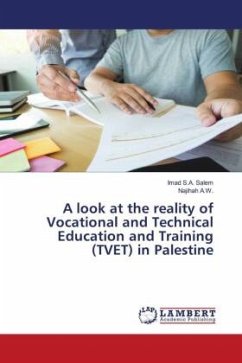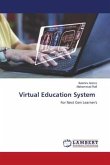Technological modernization has impacted various domains such as the field of language education. The traditional classroom and teaching methodologies no longer meet the needs of the new tech-savvy generations. Thus, recently there have been changes in language programs to prepare teacher candidates to have the skills to respond to such high technological demands. Additionally, the demographics of students attending schools in countries with exceptionally high number of immigrants such as the United States is another reason to seek novel ways to prepare teachers who have had adequate practice and developed teaching skills needed to reach language learners in their classrooms. Virtual Reality (VR) has been one solution in order to bridge this gap.
Bitte wählen Sie Ihr Anliegen aus.
Rechnungen
Retourenschein anfordern
Bestellstatus
Storno

